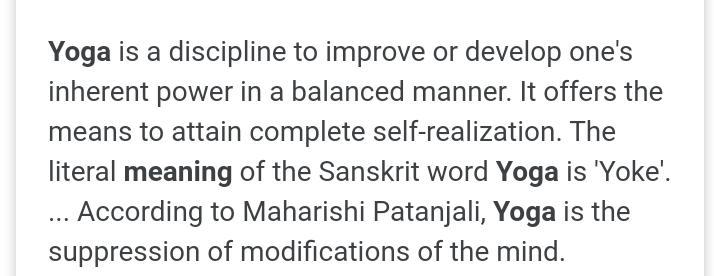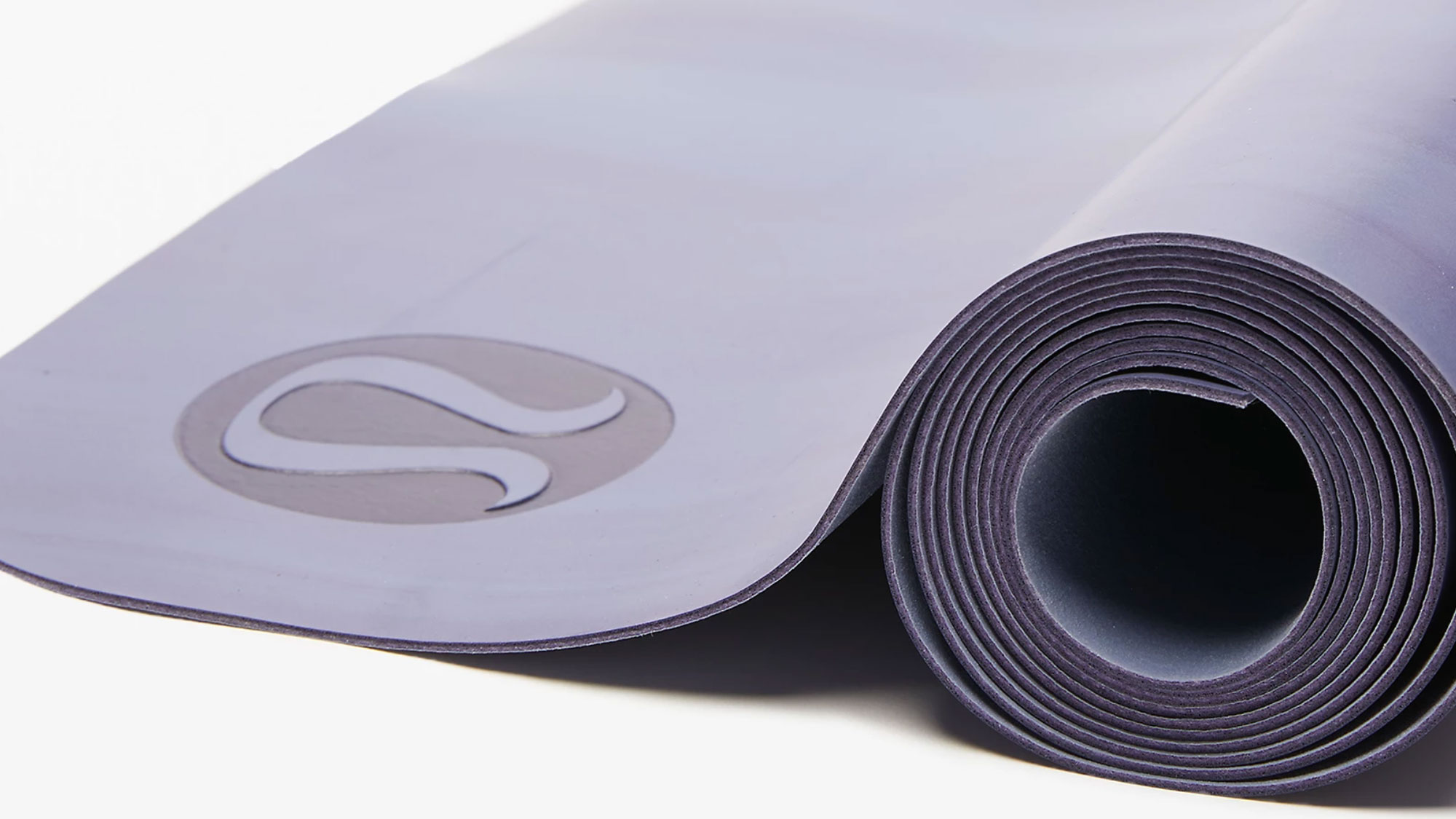
One of the most important poses to practice for lowering blood pressure is the shins down pose. This pose requires you to lift your pelvis and spine column in order to form a bridge-like shape. The legs are then lowered towards the ground. Relaxed body is the result. This yoga position reduces anxiety and stress. It also has health benefits. It increases blood flow and oxygen to the brain. It regulates heart beat and lowers blood pressure.
The other benefit of yoga for bloodpressure is the improvement in cardiovascular health. People who don’t know how relax can lead to high blood pressure. It’s important to learn this skill. Savasana (the last position in yoga) is designed to bring peace and relaxation. This will help you reduce stress and raise your heart rate. The more you practice yoga, the more you'll benefit.

A great way to lower blood pressure is the child pose. This pose can reduce stress and improve circulation. It's also easy to do, and you don't need special equipment. It's best to practice the child pose with a full stomach. When performing any posture, pay close attention to your breathing. Each set should consist of three sets. Each set should be held for at most 30 seconds. Then, repeat three more times.
There are many yoga poses that can lower blood pressure. These poses are great for hypertension and calm the mind. They can help reduce hypertension by relaxing the muscles and calmening your mind. You can even find a yogic exercise to help lower your blood pressure. So, start your yoga practice today! You can also practice these poses every day and see if they can help your condition.
The child's pose is one of the most effective yoga poses to lower blood pressure. This pose calms and releases stress. This forward bending pose increases circulation to internal organs and decreases overall blood pressure readings. Your forehead should be touching the floor while in forward bending. By doing this, you'll avoid feeling fatigued or dizzy. You can lower your blood pressure by doing this yoga pose.

A typical yoga session involves poses, meditation, and breathing exercises. The most important aspect of any yoga session is the breath. Regular practice of yoga can lead to a drop in blood pressure of up to 10 points. It is recommended that high-pressure patients do this at least twice per day, and for at least 15 minutes each. It should be repeated at least three times a day. Yoga can help you lose weight.
FAQ
How To Build Muscles Fast?
Eating healthy foods and lifting weights regularly is the best way to build muscle fast.
When you're fresh and ready to do something, early morning is the best time for working out.
Do push-ups, bench presses, squats, and other exercises.
You can try different weight training methods and remember to drink lots of water throughout the day.
How quickly can I transform my body?
Change your mindset is the first step. You must first decide to change.
Once you've decided to make a change, you must commit to working on your fitness for at least three months.
Then you need to find a program that fits into your lifestyle.
It is important to have realistic expectations. If you are unwilling to put in the time and effort necessary to achieve your goal, don't waste your money on a gym membership.
Instead, exercise outdoors in your own time.
Walking around the block for an hour per day will help you lose 1 lb in a week.
Now that you know what you're going to do start planning how you will organize your life to fit this new plan.
This means that you should schedule time for exercise every morning before heading to work, and allow yourself to take breaks throughout the day.
When you achieve milestones, reward yourself. You can buy accessories and clothes that reflect your success.
What is the best way to lose weight?
It is not easy to lose weight. Many people give up easily because they don't know what to do.
There are simple steps you can take in order to lose those extra pounds.
First, ensure that you consume fewer calories per day than you burn. If you eat more calories that you burn, you'll gain weight.
To burn all those calories, you should also start exercising. You can choose from different types of exercises, including jogging, walking, cycling, dancing, etc.
Third, quit smoking cigarettes and alcohol. These habits lead to a higher intake of calories than usual.
Fourth, reduce your intake of fatty and processed foods. You can replace them by healthier choices such as fruits, vegetables or lean meats.
Fifth, it is important to make lifestyle changes and develop new habits. Perhaps you need to get up in the morning to exercise before heading to work.
Sixth: You must be disciplined, and you must follow your diet plan.
To burn extra calories, you can also join a gym or take an aerobics class.
By following these simple tips, you will soon begin to notice results.
Is it true to say that protein overeating can lead to kidney stones?
Protein is important for maintaining healthy bones and tissue. Consuming too much protein can result is calcium excretion via urine. This can lead to kidney stone formation.
It is important to remember that not all people get kidney stones from eating more than 2g protein per kilogram (2.2lbs) of body weight. High amounts of protein can be consumed by some people without causing kidney stones.
By watching how much sodium you consume, kidney stones can be prevented. Sodium helps regulate water balance in the kidneys. Too much sodium results in a higher risk of developing kidney stones.
If you have kidney stone, you might also consider reducing your protein intake. Protein accounts for about half the daily caloric requirement of most adults. It is possible to lose weight by cutting down on your intake of proteins.
If you do decide to eat more protein, don't go overboard. Do not eat more than 20% of your daily calories from protein.
How many times per week should I exercise
It all depends on how much time and what kind of exercise you like. The general rule of thumb is to exercise aerobically 3 - 5 days per week. It is important to not overdo it. Consistent exercise is essential to achieving maximum benefit from your workouts.
Which exercises are best for me?
It all depends upon your fitness goals. Some people choose to focus on endurance activities, such as swimming, cycling, and running. Others like lifting weights or using resistance band. There are many types and styles of exercise available today. You can choose the one that best suits you.
Do Men Need A Gym Membership?
A gym membership is not necessary for men. You will get more value for your money if you join the gym.
Many gyms offer free trials that let you try the facilities before you pay any fees.
You can use our gym anytime you like and it's free. You can cancel or modify your membership anytime you feel you don't like it.
Statistics
- According to the American Heart Association, blood pressure should be checked at least once every two years, beginning at age 20. (my.clevelandclinic.org)
- Are You One of the 20% of Guys (mh.co.za)
- 10 pounds in a month is likely during a lean bulking phase, especially for beginners. (muscleandstrength.com)
- By John Thompson Take a whopping 38% off a set of PowerBlock Pros. (menshealth.com)
- The PRS enabled risk stratification for overall prostate cancer and lethal disease with a four-fold difference between men in the highest and lowest quartiles (HR, 4.32; 95% confidence interval [CI], 3.16-5.89). (pubmed.ncbi.nlm.nih.gov)
External Links
How To
How can I burn fat while exercising?
Exercise burns calories by increasing metabolism and oxygen consumption.
Exercise at a moderate intensity to safely lose weight.
These tips can help you to burn fat while training:
-
Cardio exercises include walking, running, swimming, cycling, running and jogging.
-
For 30 minutes, do it three times a week.
-
Strength training is a great way to lose weight.
-
Avoid doing intense exercises. You can build muscle and not break down muscle tissue.
-
During exercise, drink plenty of water. Water is essential for flushing out toxins and keeping your body hydrated.
-
After working out, make sure to drink low-fat proteins shakes. Protein shakes help repair muscles and boosts energy.
-
Smaller meals are better for you.
-
Don't skip breakfast! Skipping breakfast can leave you feeling tired and sluggish.
-
Take care of your mind. Stressful situations can affect your metabolism.
-
Keep a positive attitude. Studies show that overweight people are more likely to be obese than those who perceive themselves as attractive.
-
Get enough sleep. It is harder to lose fat if you don't get enough sleep.
-
Be active. Move around at least once an hour.
-
Maintain a healthy diet. You will feel fuller longer if you eat right.
-
Relaxation is possible by finding ways to relax. An anxious mind won't allow your body release stress hormones, which can lead to the destruction of muscle tissue.
A balanced diet provides all the nutrients necessary for growth and development.
Six small meals per day is better than three large meals. This gives your body the time it needs to process what you've eat.
Calcium is required to support strong bones. Calcium can also be found in milk products, yogurt, fortified Soy beverages, orange Juice, cereals and bread.
Calcium is found in leafy vegetables, beans and tofu, as well nuts, seeds and cheese.
Vitamin D is essential for calcium absorption. Vitamin D can be found in egg yolk, fatty fish, and other fortified foods.
Vitamin E is vital for your skin's health. Vitamin E is found in vegetable oils and wheat germ oil, as well as peanuts, almonds and sunflower seeds.
Your body needs zinc for normal immunity function and wound healing. Zinc can also be found in legumes, oysters, meats and whole grains.
Zinc deficiency can cause fatigue, loss of appetite, depression, and impaired immunity.
Too much sugar leads to insulin resistance. This results in higher blood glucose levels. Insulin resistance leads directly to weight gain.
When there is a high level of free radicals, insulin resistance can develop. Free radicals are molecules with unpaired electrons that damage cell membranes and other parts of the body.
Free radicals come mainly from food additives, pesticides, herbicides, preservatives, smoking, air pollution, radiation, chemicals in cosmetics, lotions, and household cleaning supplies.
Free radicals can lead to cancer and heart disease, diabetes mellitus, arthritis, asthma, and premature aging.
To prevent free radical damage, eat a healthy diet rich in antioxidants. Antioxidants protect against oxidative damage.
Vitamin C is found in citrus fruits and beta carotene is found in carrots.
Selenium, copper and manganese are all antioxidant nutrients.
Selenium helps to protect cells against free radicals and oxidative stress. Selenium may be found in Brazil nuts as well tuna, liver and kidneys. It can also be found on shrimp, cod, turkey, beef lamb, pork, chicken, and other foods.
Copper protects the brain and eyes as well as the lungs and red blood cells. Copper can be found in meat, shellfish, meat, and organ meats.
Manganese is essential for bone structure. Manganese may be found in brown rice or spinach, bananas and prunes as well raisins, oatmeal and lentils.
Zinc is important for healthy growth, reproduction, and wound-healing. Zn is present in lean cuts of meat and white fish, as well as eggs.